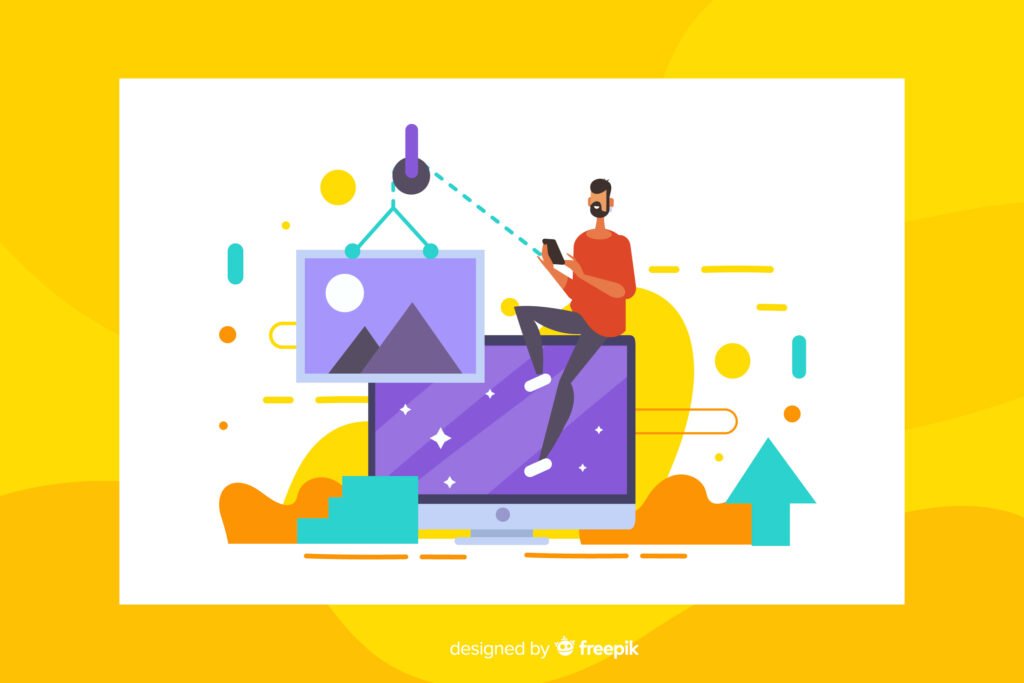Google’s Developer Advocate Alan Kent recently shared some useful suggestions for making photos fill quicker, specifically for ecommerce internet sites. These ideas, nonetheless, are useful for any kind of site handling a great deal of images. Below’s a streamlined overview to enhancing your picture packing rate:

How to Optimize Image for Website?
1. Eliminate Cumulative Layout Shift (CLS).
CLS takes place when web page material shifts around as it loads, commonly because of pictures. To prevent this, see to it your pictures are sized correctly and their placeholders are set up properly. Tools like PageSpeed Insights can help you recognize and take care of CLS problems, making your page load more smoothly.
2. Correctly Dimension Your Photos for Image Optimazation.
Using the right dimensions for your pictures is vital. Large photos take longer to load, so make sure your pictures are not bigger than required. Implement receptive pictures that adapt to various screen sizes. PageSpeed Insights can help you discover and correct images that are as well large.
3. Use the very best Photo Documents Style.
Picking the appropriate data style– like PNG, JPEG, or WebP– influences photo size and high quality. Formats like JPEG and WebP typically have smaller sized data dimensions, which can quicken filling without shedding much quality. Examine PageSpeed Insights to see if transforming photos to a much more efficient format might boost your site’s efficiency.
4. Compress Images Properly For Image Optimization.
Compression decreases document sizes while maintaining top quality undamaged. Trying out different compression levels to find what works best. Tools like iLoveIMG enable you to compare photos prior to and after compression, assisting you strike the appropriate balance in between size and quality.
5. Cache Pictures in the Internet browser.
Set up caching headers to let web browsers understand how much time to maintain photos kept. This assists prevent re-downloading pictures, quickening load times for returning site visitors. PageSpeed Insights can point out which images might gain from much better caching, so you can adjust settings to boost efficiency.
6. Properly Sequence Your Image Downloads for Image optimization.
Order the loading of your images to enhance efficiency. Begin with critical photos (like those at the top of the page), after that tons of images that show up without scrolling, and delay the remainder. This approach, referred to as careless loading, can be handled with tools like PageSpeed Insights to ensure pictures load successfully.
Also Learn How to Create Social Media Content for your successful social media strategy.
Conclusion
By using these ideas, you can make your website’s pictures fill faster and give a smoother experience for your visitors. This will also help you to rank Faster In SERP(search engine result pages). For more detailed advice, discover resources from Best SEO Agency in India on image optimization.